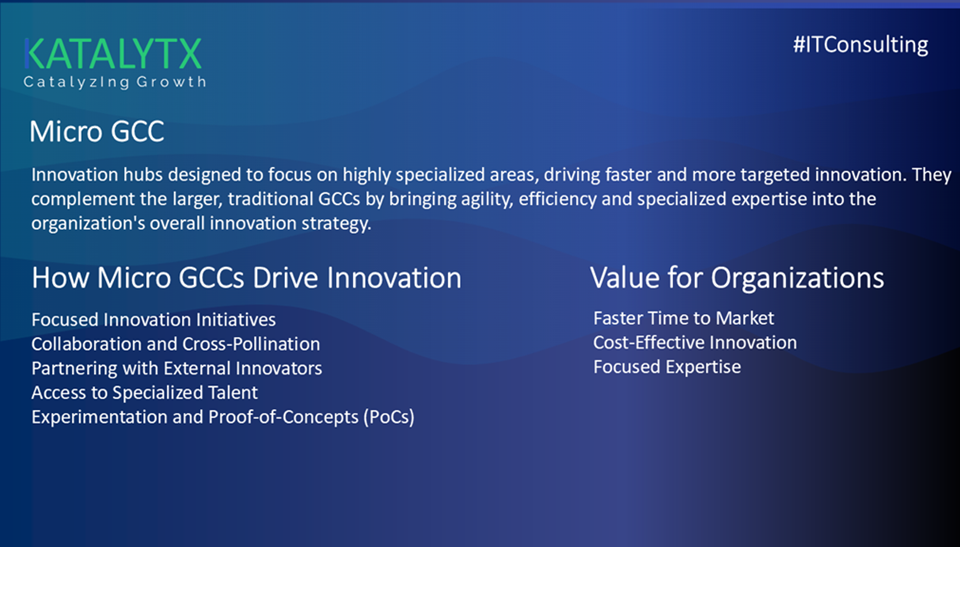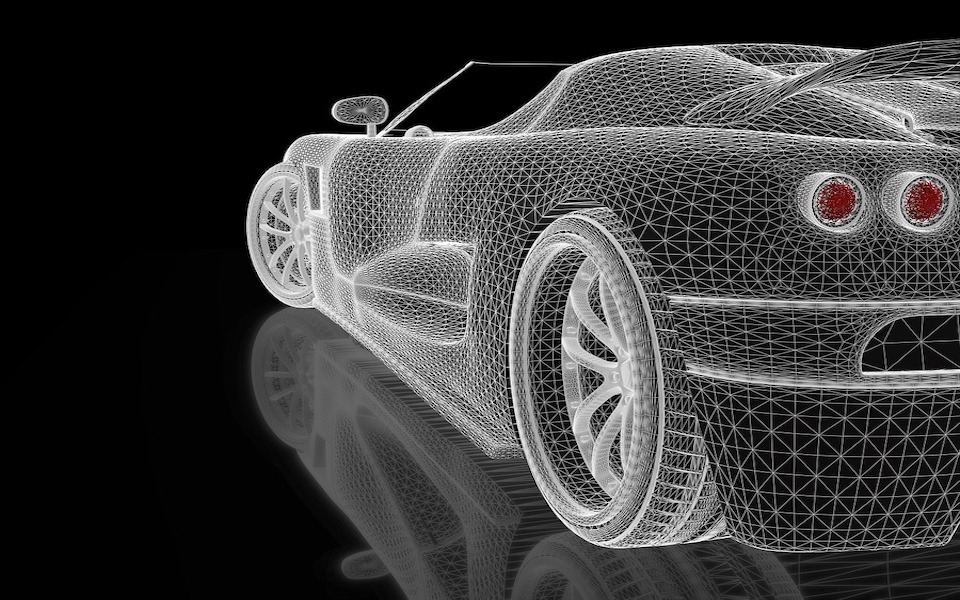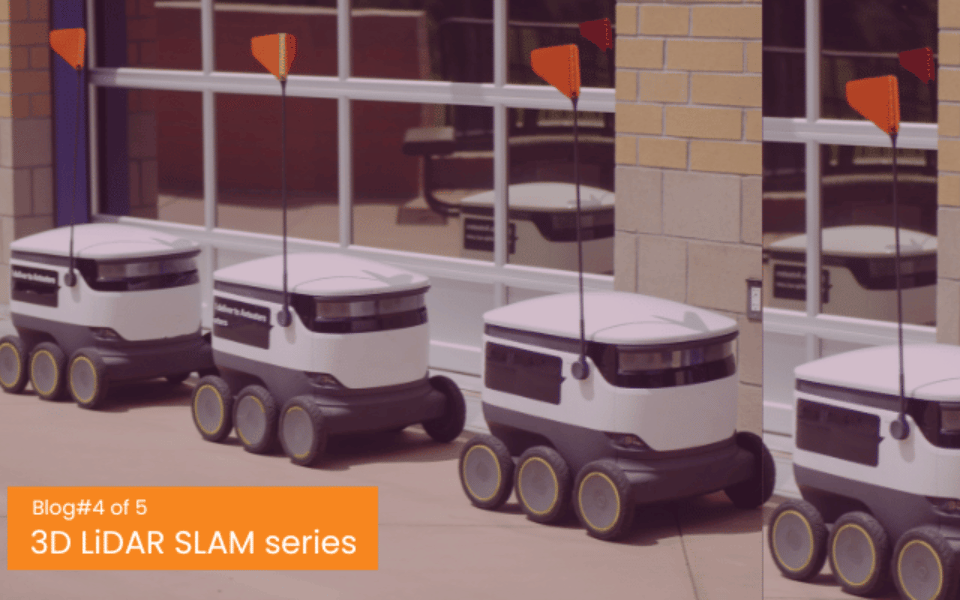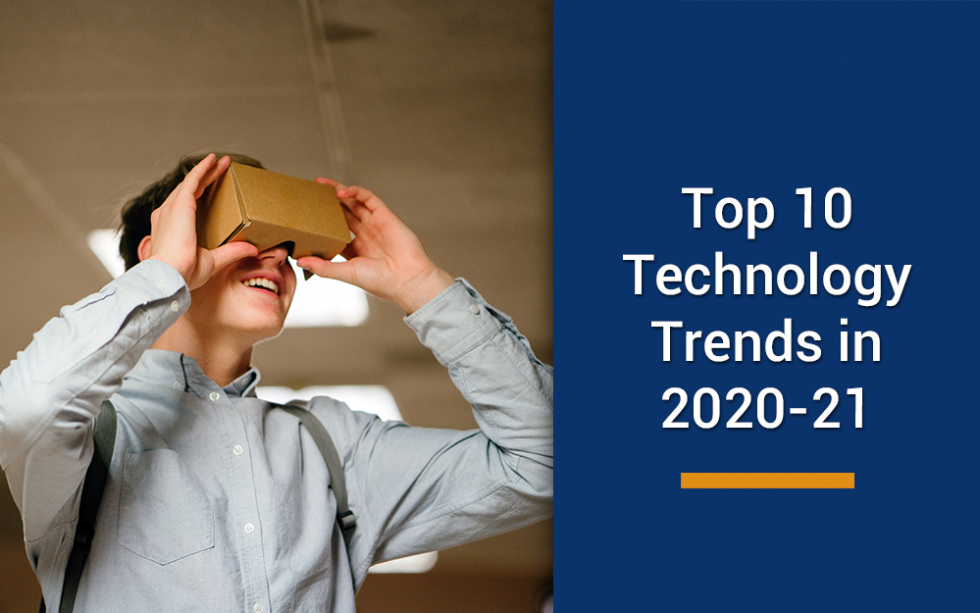
Author: Deepak Aggarwal, Senior Vice President, Tech Mahindra
As we navigate the new world order, brought about the widespread global COVID-19 pandemic, the business landscape will experience an intense requirement for Engineering Research and Development (ER&D). The challenges brought about by the pandemic and the resulting changes in customer demands have facilitated a need for fast, flexible and frugal innovation across industry domains. It falls upon ER&D-led innovation to act as a lever to mitigate current visible challenges such as production and efficiency losses and disruptions as well as define and prepare for future market and customer demands. At this critical juncture, India is stands at the cusp of opportunity to fill the vacuum currently being felt.
Re-inventing by changing from offshore ER&D partner/provider to innovation leader
India has already earned its place as a reliable offshore ER&D partner/provider. Currently, the country boasts of 7,00,000 people in ER&D with expectations to increase this number to one million by 2025.[1] Pure play engineering service companies and engineering service divisions of larger IT companies have impressed the global audience with end-to-end and cross horizontal capabilities when it came to innovations in various sectors including automotive, healthcare, aerospace and manufacturing. Backed by a cost-effective and growing talent pool these captive centers have efficiently played out their role as preferred product development partners for global organizations.
The ushering of an unforeseeable shift in consumer behavior and market need, brought on by the healthcare crisis, has witnessed a steep demand for certain products with a massive fall in demand for others. This has translated to an immediate need for companies to reinvent their offerings. In a global survey conducted by Tech Mahindra, which took into account the insights of 100 global engineering VPs and Directors, 95% stated felt that it was a priority to restructure business operations to diffuse current and future risks from the pandemic. Such a restructure—one that can facilitate custom production and rapid scaling—will have to be along the lines of reducing complexity of current products and seeking and developing alternative options.
Digital twin technology, for instance, has become the preferred model for accelerating new product development. According to Gartner, 13% of organizations are already using digital twins with a significant 62% currently either in the process to establish them or planning to do so.[2] With the digital replica of a single physical device, an entire industrial production process or even the human body now possible, the testing of product developments through virtualized stimulated models help early identification of faults—leading to faster and more robust product development. Similarly, the automotive remote diagnostics market has seen new opportunities created due to the ongoing pandemic. Expected to grow by USD 11.65 billion during 2020-2024[3], remote vehicular diagnostics has moved from a key differentiating feature being offered to an integral part of vehicular health and maintenance.
Re-design through technological capability and a reinvented workforce
India today is ready to lead and transform the ER&D industry on all levels—business, technology, operations and ecosystem. And 5G will act as the key enabler across enterprises of different verticals by facilitating the connectedness required in today’s physical distant world. Several use cases present themselves for engineering service providers to transform through ER&D.
The most relevant—and urgent—need is the developing of digital twins for vaccine development and production. The world is under immense pressure to find the antidote to COVID-19, and the controlled stimulation enabled by digital twins can impact both time-to-market and quality. The entire vaccine production process will need to be converted into a digital twin and this will include replicating physical, chemical and biological models. ER&D will play a vital role here by building predictive and prescriptive models with the aid of AI and ML techniques to ensure that quality and reliability is not compromised.
Another domain which holds immense potential for ER&D is remote diagnostics and troubleshooting which will change the future of maintenance. Technology today empowers automotive OEMs to provide live troubleshooting with AR/VR/MR tools for faster problem diagnosis and solution—with heightened accuracy and reduced downtime. Yet another area which warrants the attention of ER&D is precision agriculture. Touted as the century’s most valuable agricultural initiative, precision farming is an extremely important contributor in the efforts to ensure food safety and sustainability for future generations. Comprising of varied IT-enabled techniques, it can be applied across the agricultural science value chain, from tailored soil and crop management to the identification of optimal markets.
The above use cases currently being spearheaded by Tech Mahindra and other engineering service providers are proof of India’s ability to lead in the ER&D space. Such initiatives, however, will have to be supported by an agile ER&D talent pool. ER&D teams of the future will need diverse talent pools that can quickly work on product portfolios in response to changing market needs. Under NASCOMM Future Skills 300,000 citizens have been trained for emerging technology skills and jobs. For India to take center-stage, ER&D talent pools will have to further trained to ensure that they have speedy prototyping capabilities that can ensure rapid cycle testing for faster market validation. Teams should also be adept at cross-functionality as this will contribute to frugal and fast R&D.
Re-define the future of ER&D through collaborative strategy
In the aftermath of the COVID-19 pandemic, it is clear that a re-invention of ER&D is in the pipeline. The global Engineering R&D (ER&D) spend, as per the 2019 Zinnov report, stands at USD 1.4 Trillion.[4] And as per NASSCOM’s estimates, the ER&D sector in India is the fastest growing segment, and already accounts for 30% of global ER&D offshoring.[5] The time is ripe for India to step in and lead by re-designing global ER&D. Tech Mahindra’s integral role as a leading engineering service provider will help India achieve this leadership.
About the Author:
Deepak Aggarwal, Senior Vice President, Tech Mahindra
Deepak Aggarwal received his B.Tech in Electrical and Electronics Engineering from BIT Mesra in 1992 and M.Tech in Computer Technology from IIT Delhi.
Deepak is a versatile Techno Business professional with entrepreneur orientation having close to 3 decades of R&D career spanning over Wireless Technology from PSTN Modem thro WiFi, GSM, 1xevdo, UMTS, LTE to 5G, Broadband DSL, IN and VAS systems, SDN, NFV. He founded two start-up prior to 2010.
Deepak continued his entrepreneurship journey with change of gear to ‘Start-up within corporate Tech Mahindra’ under CEOs direct sponsorship. The common theme of his pursuits is bringing E2E solutions ahead of curve with IPs in house/partners/acquiring from product companies AND Tech Mahindra services up in value chain. Some notable success around Virtualization adding close to a billion dollar business.
Current venture is ‘5G for Enterprises’ with E2E digital solution having high relevance to 5G, Edge and OT in Manufacturing, Healthcare, Energy & Utilities, Transport & logistics, Media & Entertainment. E2E spans from Cloud, Public/Private network, Applications and devices.
He has been recently inducted to NASSCOM ER&D Council to represent Tech Mahindra Engineering.
————————————————————————————————————————————————————-
[1] https://economictimes.indiatimes.com/tech/ites/long-road-to-nasscoms-100-billion-engineering-rd-goal/articleshow/71367271.cms?from=mdr
[2] https://www.gartner.com/en/newsroom/press-releases/2019-02-20-gartner-survey-reveals-digital-twins-are-entering-mai
[3] https://www.marketscreener.com/news/latest/Automotive-Remote-Diagnostics-Market-with-Highlights-on-the-Impact-of-COVID-19-2020-2024-Increas–31251498/
[4] https://www.prnewswire.com/in/news-releases/the-global-engineering-r-amp-d-spend-for-2019-is-pegged-at-usd-1-4-trillion-on-the-back-of-a-consistent-7-y-o-y-growth-says-zinnov-897608443.html#:~:text=The%20study%20analyzed%20the%20global,USD%202.2%20Trillion%20by%202025.
[5]https://www.nasscom.in/sites/default/files/uploads/temp/NASSCOM_Strategic_Review_2019_Decoding_Digital_Secured_15032019.pdf


































